WHAT TO WEAR ON SAFARI IN EAST AFRICA
What to wear on Safari in East Africa – Gorilla trekking Clothes – Clothing For Kilimanjaro, and a recommendation of things you shouldnt bring but rather leave home.
East Africa – Uganda, Rwanda, Kenya & Tanzania boast of Numerous adventure experiences ranging from the most popular wildebeest Migration in Kenya & Tanzania, Gorilla trekking In Uganda & Rwanda, Climbing Tanzania free Standing Kilimanjaro Mountain. Before you travel to any one or all the above-mentioned destinations, you need to to know your – What to wear on Safari in East Africa checklist. All lists provided in this post should be treated as a guide – the meaning list may vary from person to person.
The list of clothing below is for most Wildlife, Primate, and Birding Safaris in East Africa including things not to wear on an East African Safari.
Bring a “wide brimmed Aussie Safari Hat
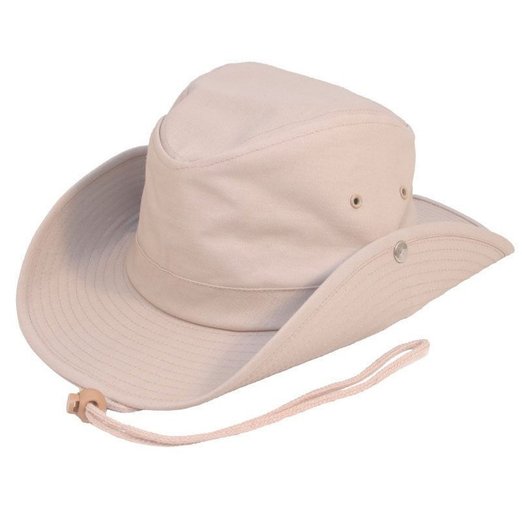 A wide-brimmed Safari Hat comes in handy for blocking out the Tropical Sun especially if you are going on Walking Safari or Horseback Riding Safari – Lake Mburo. You will always find it useful on gorilla, chimpanzee treks, forest walks, boating on Lake Kivu, Lake Victoria, Lake Bunyonyi or Lake Mutanda.
A wide-brimmed Safari Hat comes in handy for blocking out the Tropical Sun especially if you are going on Walking Safari or Horseback Riding Safari – Lake Mburo. You will always find it useful on gorilla, chimpanzee treks, forest walks, boating on Lake Kivu, Lake Victoria, Lake Bunyonyi or Lake Mutanda.
A wide-brimmed safari hat will also be most useful while on a fishing Safari in Uganda in Murchison Falls along the Nile.
Wide Brimmed Hats can be bought in your home country and you can wear it on the trip here or you can buy one in Uganda or Rwanda for your safari and take it home. Many hats made here are from local materials and have that African Adventure touch to them. – Check out Amazon for latest Price offers for a wide Brimmed Safari
Leave the Brightly Colored Clothing at Home:
 You are going on an African Adventure Safari and not on a cruise in the Caribbean or for a time in Hawaii.
You are going on an African Adventure Safari and not on a cruise in the Caribbean or for a time in Hawaii.
This is Africa where colours abound and are seen in flowers and birds of every hue – no help needed and wildlife do not take kindly to very colourfull clothing.
Brightly coloured clothing on the savannah attracts tsetse flies and they are a pesky bunch – especially if the colour blue is worn. There have been no cases of sleeping sickness reported in recent years, however, the bite of a Tsetse fly is painful as they suck the blood out of you.
Same with bright colours at night when mosquitoes are on the prowl…stick Tans, Browns, Greens – in Africa while on a safari stick to neutral colours – you will attract less pestering insects.
No Camouflage clothing for an African Safari:
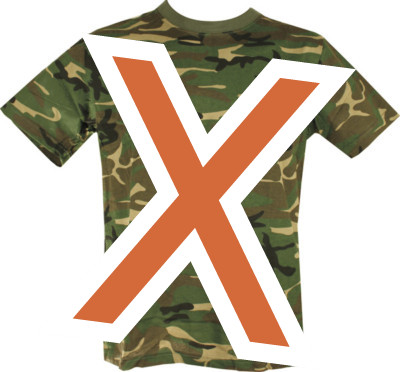 Bring your civilian clothes and leave your camouflage clothing at home. Wearing any semblance of military clothing in most part of Africa including Uganda and Rwanda is a bad idea.
Bring your civilian clothes and leave your camouflage clothing at home. Wearing any semblance of military clothing in most part of Africa including Uganda and Rwanda is a bad idea.
Recently a Ugandan newspaper printed an edict from the Government regarding unauthorized wear of military clothing and that included entertainers wearing such clothing unless authorized by the government.
You will see enough uniforms in both countries – police, military, even wildlife rangers – leave your camouflage clothing at home. If you are on a family safari with young children, they will be tolerated, but for their protection put neutral colour clothing on the children.
Make sure that your clothing is comfortable and not too tight:
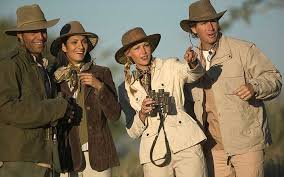 The keyword to your safari clothing is comfort and one could add protection. Though you will be in a tropical climate in both Uganda and Rwanda – the right clothing will protect you.
The keyword to your safari clothing is comfort and one could add protection. Though you will be in a tropical climate in both Uganda and Rwanda – the right clothing will protect you.
Loose and comfortable clothing on a safari, on a gorilla trek or hike is important.
Long-sleeved shirts and long trousers such as jeans are best for you to protect against scratches, insects bites and even nettles.
Shorts are great around the lodge in the day-time, but on a nature walk or hike – loose-fitting, long-sleeved shirts and long trousers are best for you and that includes dinner at night.
Safari Trouser / Shorts
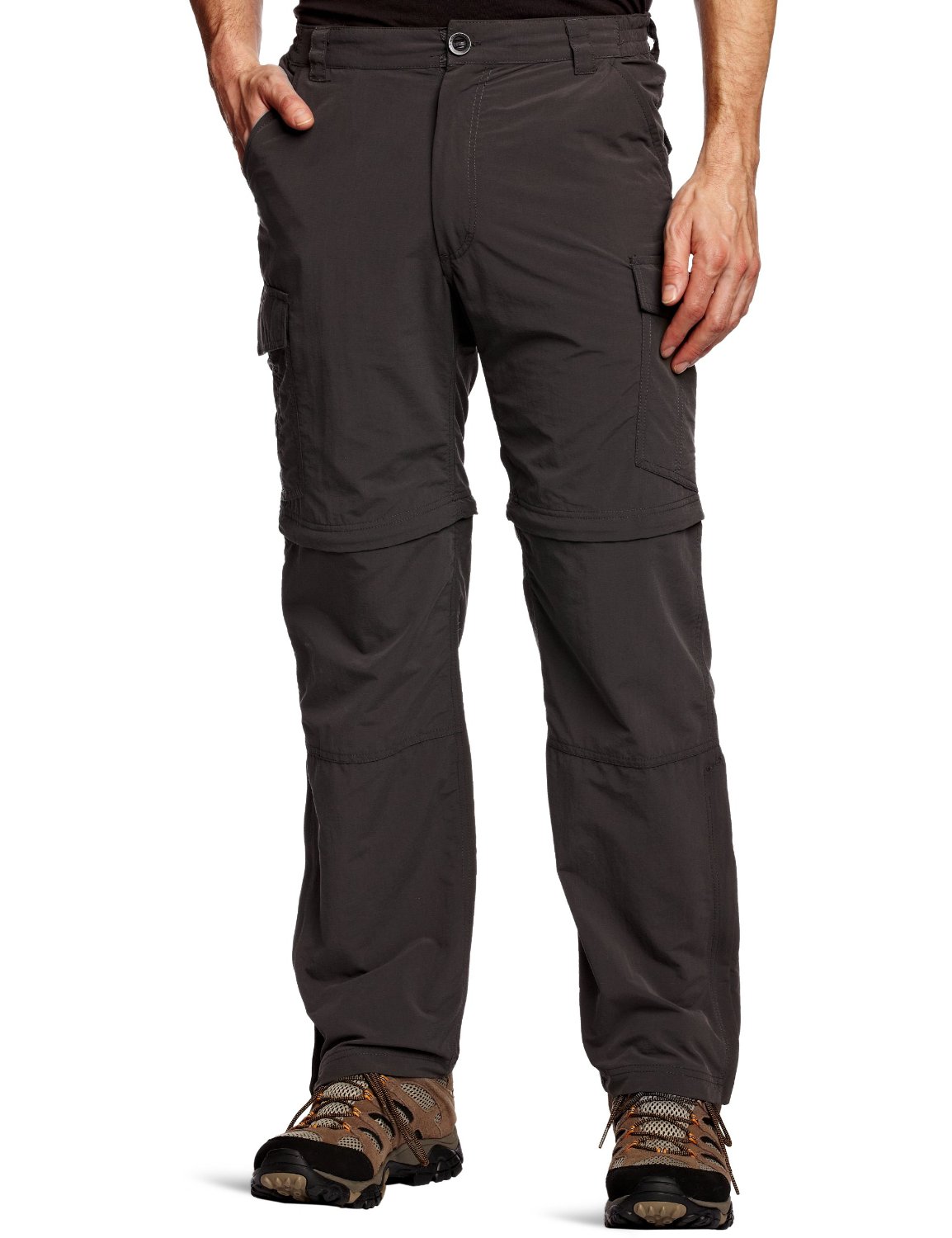 Craghoppers Men’s NosiLife Convertible Trousers/shorts are great on things such as game drives, long trousers are best however when you get out of the vehicle for protection against scratches, insect bites and nettles and rarely seen snakes – we recommend that you convert your shorts back to trousers.
Craghoppers Men’s NosiLife Convertible Trousers/shorts are great on things such as game drives, long trousers are best however when you get out of the vehicle for protection against scratches, insect bites and nettles and rarely seen snakes – we recommend that you convert your shorts back to trousers.
Craghoppers Pants are great for many day-time activities on safari that do not include getting out of the vehicle for a nature walk, hike, boat safari as the one going up the Nile at Murchison Falls Park.
- however do not forget to spay exposed skin and legs with a good insect repellent – we recommend Trek 100 repellant – NOT Suitable for Kids.
Neutral Colors for your Safari clothing:
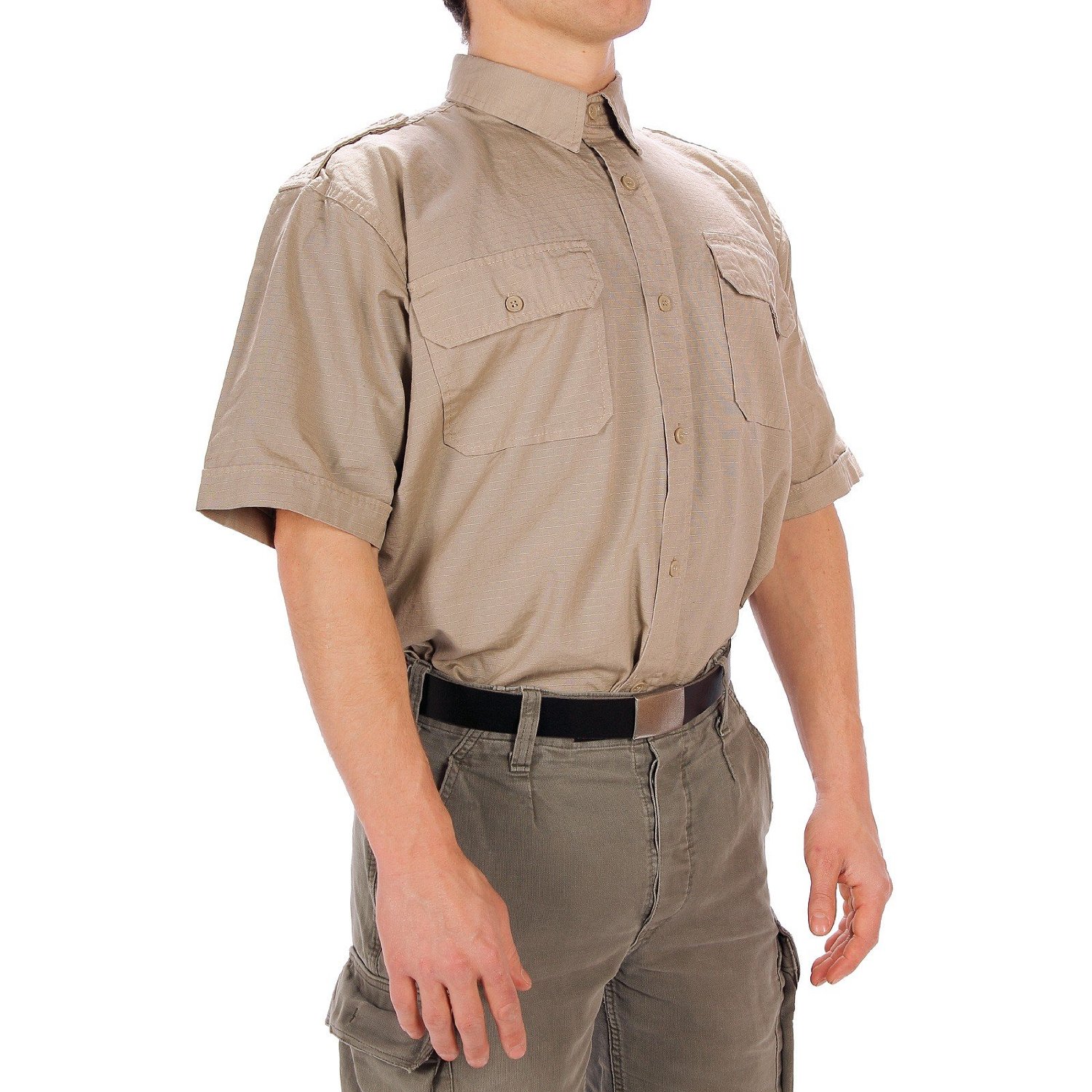 Neutral colours are the best while on safari in Uganda or Rwanda. The colour blue in regards to shirts and tops should not be worn while in a Savannah Park.
Neutral colours are the best while on safari in Uganda or Rwanda. The colour blue in regards to shirts and tops should not be worn while in a Savannah Park.
Blue attracts the pesky Tsetse flies. There have not been cases of sleeping sickness in recent times in Rwanda or Uganda – however, Tsetse flies can be annoying – stick to neutral-coloured clothing.
Neutral colours may not be the most fashionable but they provide the best protection.
Blue Jeans are fine and actually a good choice since they are sturdy and do not show dirt as much.
Shoes – Boots for your Safari:
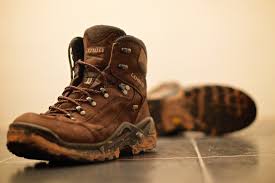 Forget sneakers – unless you wear them around the lodge – flip-flops are not worn in Rwanda as a measure to protect people against Jiggers.
Forget sneakers – unless you wear them around the lodge – flip-flops are not worn in Rwanda as a measure to protect people against Jiggers.
If you are going on a gorilla trek or chimpanzee spotting adventure – you will need a good pair of hiking boots for your protection, for traction and more.
Sturdy footwear is most recommended for your safari and waterproof hiking boots are the best protection for you while hiking, trekking or climbing.
For Gorilla Trekking, Chimpanzee Trekking, Volcano, Rwenzori Mountain Hikes – a good pair of boots is the right footwear.
Safari Rain Jacket:
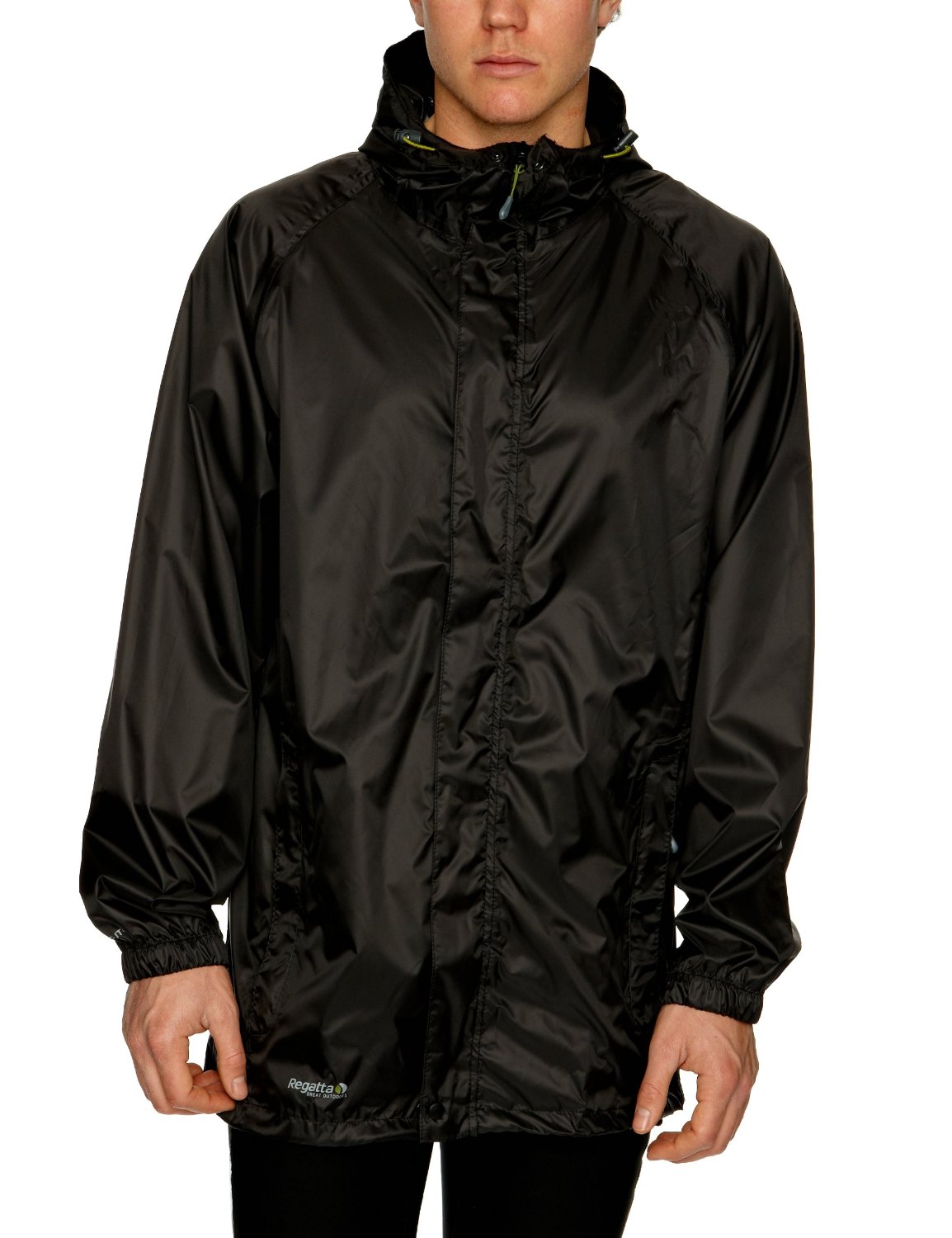 A rain jacket will come in most handy on Gorilla or chimpanzee Treks in Rwanda or Uganda. You will have the tropical sun but you are also venturing into the rain forests and a light rain jacket can come in most handy to protect you from the rain.
A rain jacket will come in most handy on Gorilla or chimpanzee Treks in Rwanda or Uganda. You will have the tropical sun but you are also venturing into the rain forests and a light rain jacket can come in most handy to protect you from the rain.
You can also use a poncho which will protect you equally well against the rain.
You may come here during our dry season but it still rains in the rain forests, it is a rainforest and even during the dry season you might have some early morning or night rain – Check Out our recommendation.
Cotton Underwear:
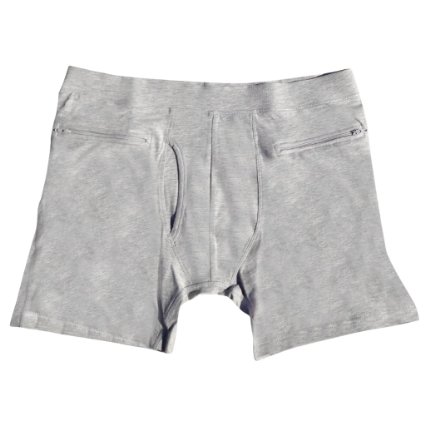 Pack cotton underwear which is most comfortable, along with cotton sock.
Pack cotton underwear which is most comfortable, along with cotton sock.
Laundry Service is available at most lodges – however, it is recommended that you wash your own underwear since there is a cultural taboo about washing someone else underwear.
You can purchase a small packet of detergent like Omo and normally the things dry overnight in your room, Cotton underwear is also the most comfortable for safari wear.
Look at our recommendations;
- Clever Travel Companion Underwears for female Travelers.
- Clever Travel Companion Underpants for Male Travelers
Both recommendations above have a secret pocket that will secure your most important valuables while you travel – they are pickpocket proof and can fit even a passport – Read More
Daypack:
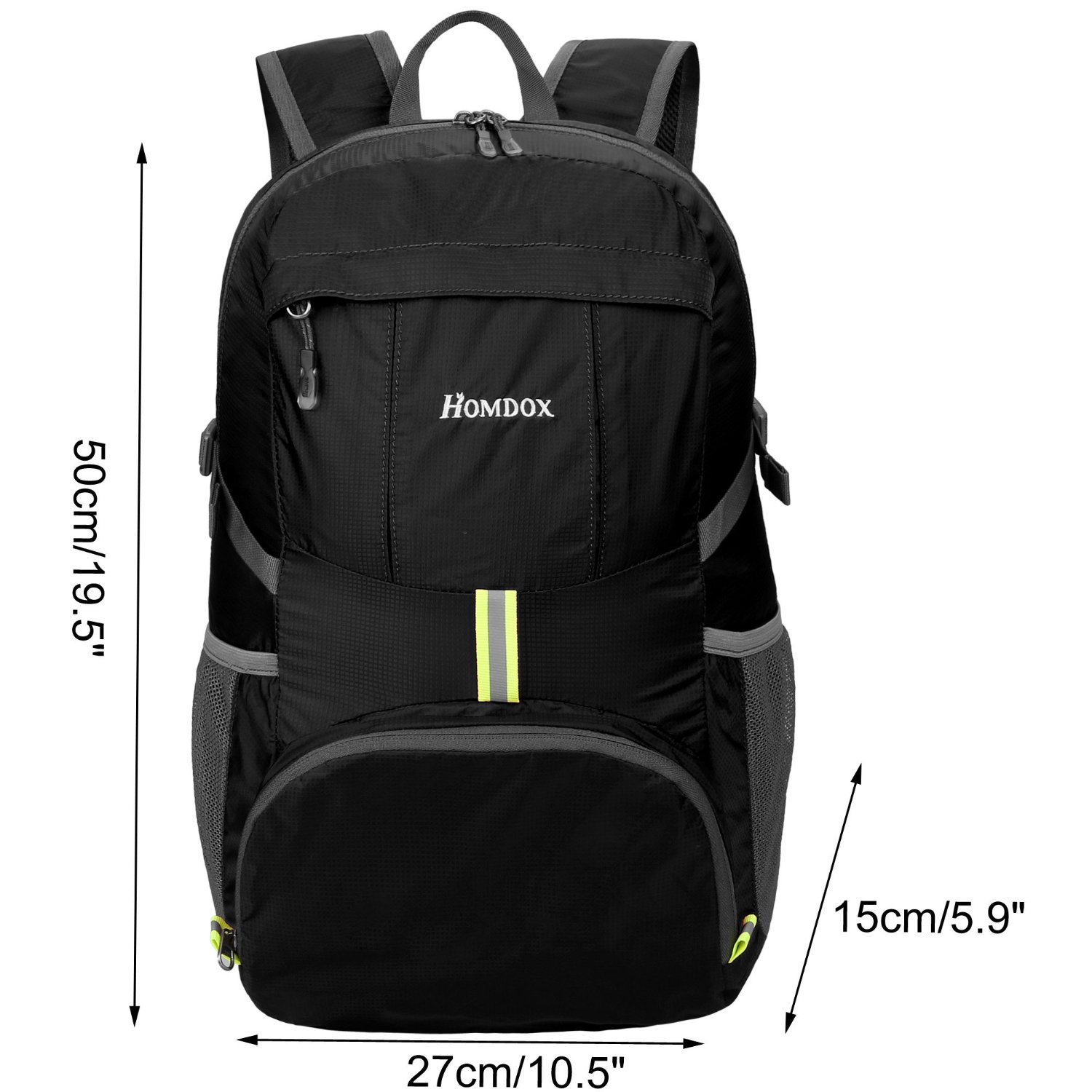 Bring a daypack for your nature walks – gorilla treks – chimpanzee treks. You can fit all the things you will need for the hike or for the day.
Bring a daypack for your nature walks – gorilla treks – chimpanzee treks. You can fit all the things you will need for the hike or for the day.
You can also pack your rain jacket or poncho in it, drinking water for the occasion, your packed lunch and more.
A waterproof daypack would be best if you are packing some photography gear.
Many use the daypack as a carry-on while on the plane coming to Uganda or Rwanda.
Things to Leave at Home:
 There are things to leave at home – Business Suit unless you are combing a business trip with your safari.
There are things to leave at home – Business Suit unless you are combing a business trip with your safari.
Mini-Skirts – not recommended in Uganda or Rwanda during the day.
Do bring a nice dress or slacks and shirts for those special occasions. Leave your fancy jewellery at home and buy some locally made African jewellery.
Most over-pack their suitcases – best advice – leave the kitchen sink at home.
Pack light and simple for the occasion.
What to wear on Safari in East Africa – It does not matter whether you have the latest Brand Names, just functional and comfortable clothing that will keep you comfortable on Safari. Remember to pack it light and most of the above clothing is easy to wash and easily dried. Enjoy your East African Safari.
We hope this post has been helpful in helping you understand what to wear on safari in East Africa. If you have any more questions – please contact us.


